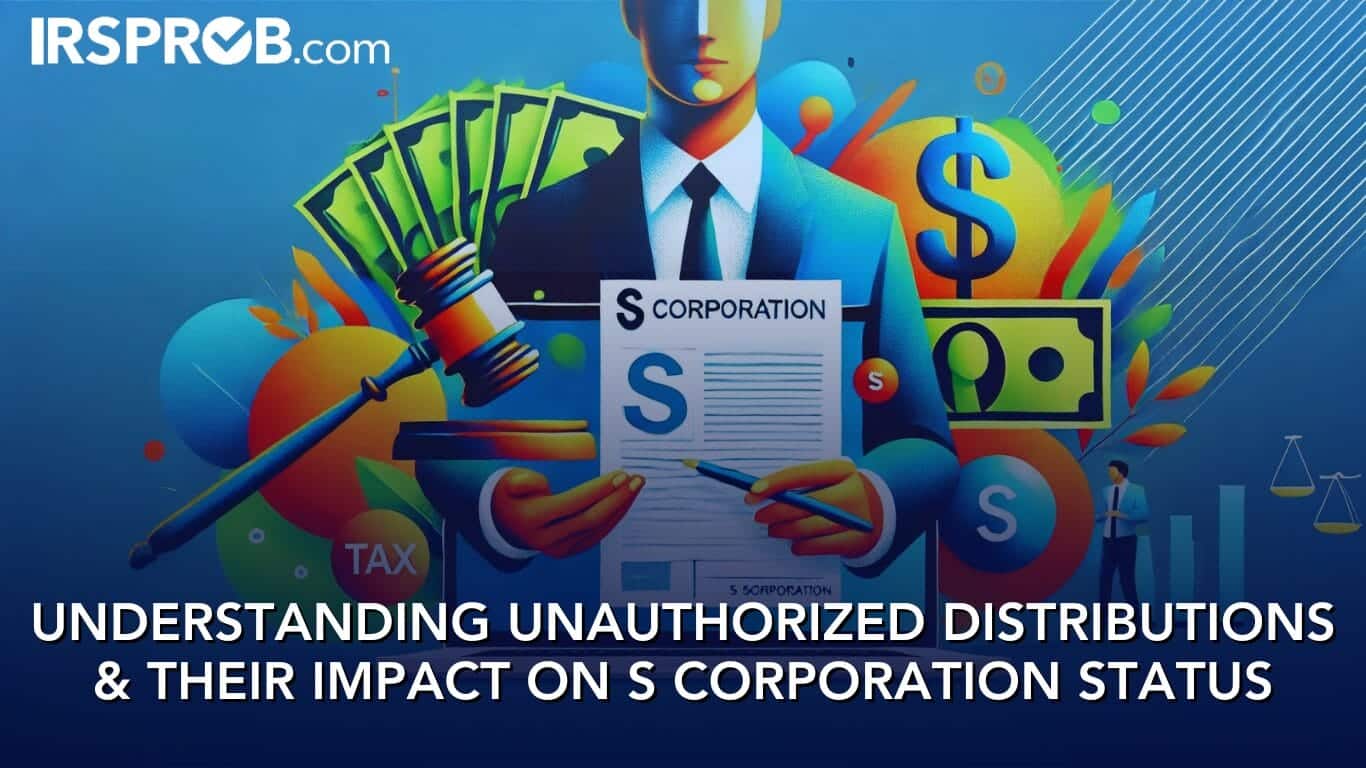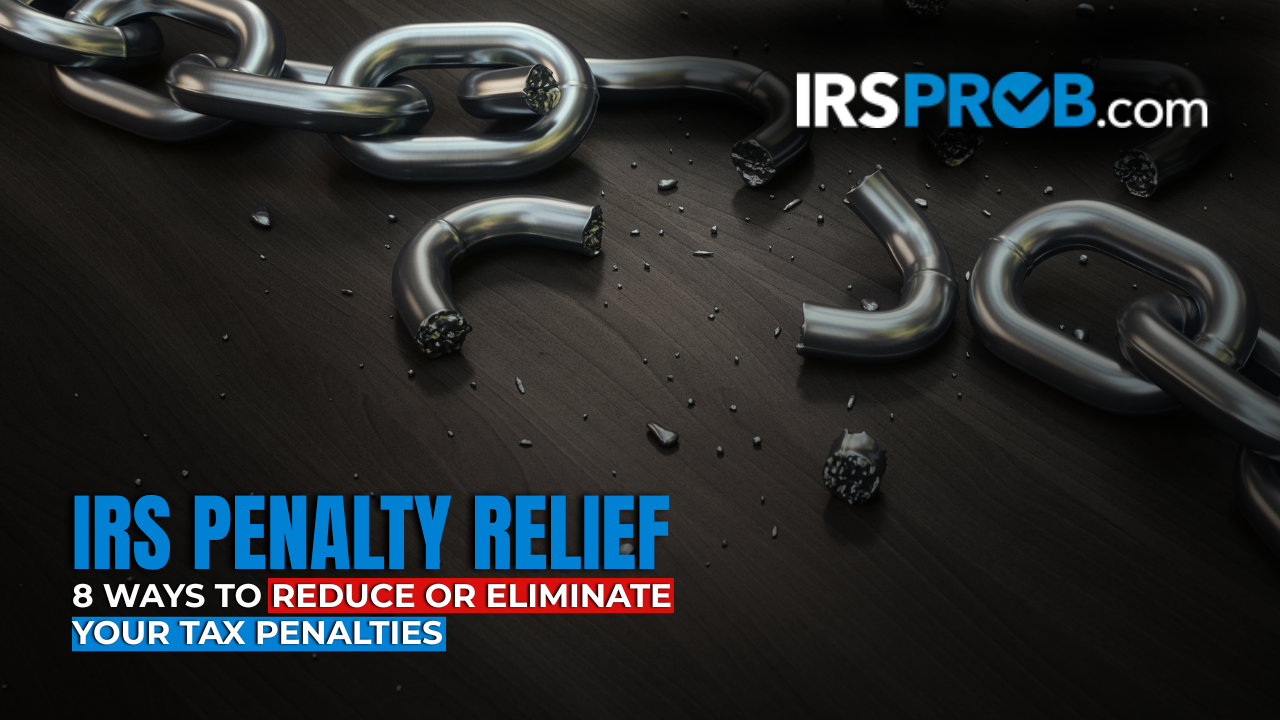
When you own a small business structured as an S corporation, it’s crucial to understand the rules that govern your corporation’s status. One key aspect of maintaining your S corporation status is ensuring that the company has only one class of stock. But what happens if there are unauthorized or disproportionate distributions among shareholders? Does this create a second class of stock and threaten your S corporation status?
A recent case sheds light on this very issue and provides essential insights for business owners.
Case Overview: Maggard v. Commissioner
In the Tax Court case Maggard v. Commissioner, an engineer named Maggard faced a challenging situation. After acquiring a 60% interest in his company, Maggard allowed two individuals, LL and WJ, to join the company, each receiving a proportionate share of the ownership—40% and 20%, respectively. The company was structured as an S corporation, and according to its governing documents, each shareholder was entitled to a proportionate share of distributions.
However, problems began when LL, who was acting as the company’s CFO, started misappropriating company funds by inflating his expense accounts and making unauthorized disproportionate distributions to himself and WJ. Over several years, LL and WJ embezzled more than $1 million from the company, leaving Maggard without the distributions he was rightfully owed.
Maggard argued that these unauthorized and disproportionate distributions created a second class of stock, which should have disqualified the company from S corporation status and led to taxation as a C corporation. However, the IRS and the Tax Court disagreed.
The Tax Court’s Decision
The court ruled in favor of the IRS, stating that the existence of only one class of stock is determined by the corporation’s governing provisions, such as the corporate charter and bylaws, not by the actual actions of the shareholders. Even though LL and WJ made unauthorized distributions, these actions did not alter the fundamental rights to distributions and liquidation proceeds as outlined in the corporation’s governing documents. Therefore, the court held that the S corporation status was not jeopardized, and Maggard was still liable for his proportionate share of the company’s income, despite not receiving the corresponding distributions.
Key Takeaways for Business Owners
This case highlights several critical points for business owners who operate or are considering forming an S corporation:
- One Class of Stock Requirement: The IRS and courts will look at the rights outlined in your corporation’s governing documents to determine whether your company has one class of stock. Unauthorized actions by shareholders, such as disproportionate distributions, generally do not create a second class of stock unless the governing documents are changed.
- Risks of Mismanagement: Even if you maintain the correct governing documents, the actions of other shareholders or executives can significantly impact your financial standing. In this case, Maggard was left on the hook for taxes on income he never received because LL and WJ mismanaged company funds.
- Protect Yourself with Proper Controls: To avoid situations like Maggard’s, ensure your company has proper internal controls and monitoring mechanisms in place. Regular audits, oversight of expense accounts, and transparent financial reporting are essential to prevent unauthorized distributions and other forms of financial misconduct.
- Legal Recourse is Limited: Even if you suspect financial misconduct, the tax implications may still fall on you. While legal action can recover lost funds, it does not necessarily relieve you from tax liabilities.
Additional Considerations
To further protect your S corporation status and ensure smooth operations, consider implementing the following strategies:
- Shareholder Agreements: Draft clear shareholder agreements that define the rights and responsibilities of each shareholder. These agreements should also outline the process for addressing disputes or unauthorized actions.
- Regular Review of Governing Documents: Periodically review and update your corporate charter, articles of incorporation, and bylaws to ensure they reflect the current structure and operations of your business.
- Tax Planning and Consultation: Engage with a tax advisor regularly to ensure compliance with S corporation rules and to develop strategies that mitigate the risk of unintended tax consequences.
The Maggard case serves as a cautionary tale for business owners. Even when unauthorized actions occur, the IRS will enforce tax obligations based on the governing documents. It’s crucial to maintain proper documentation and oversight to protect your interests and uphold your corporation’s status.







